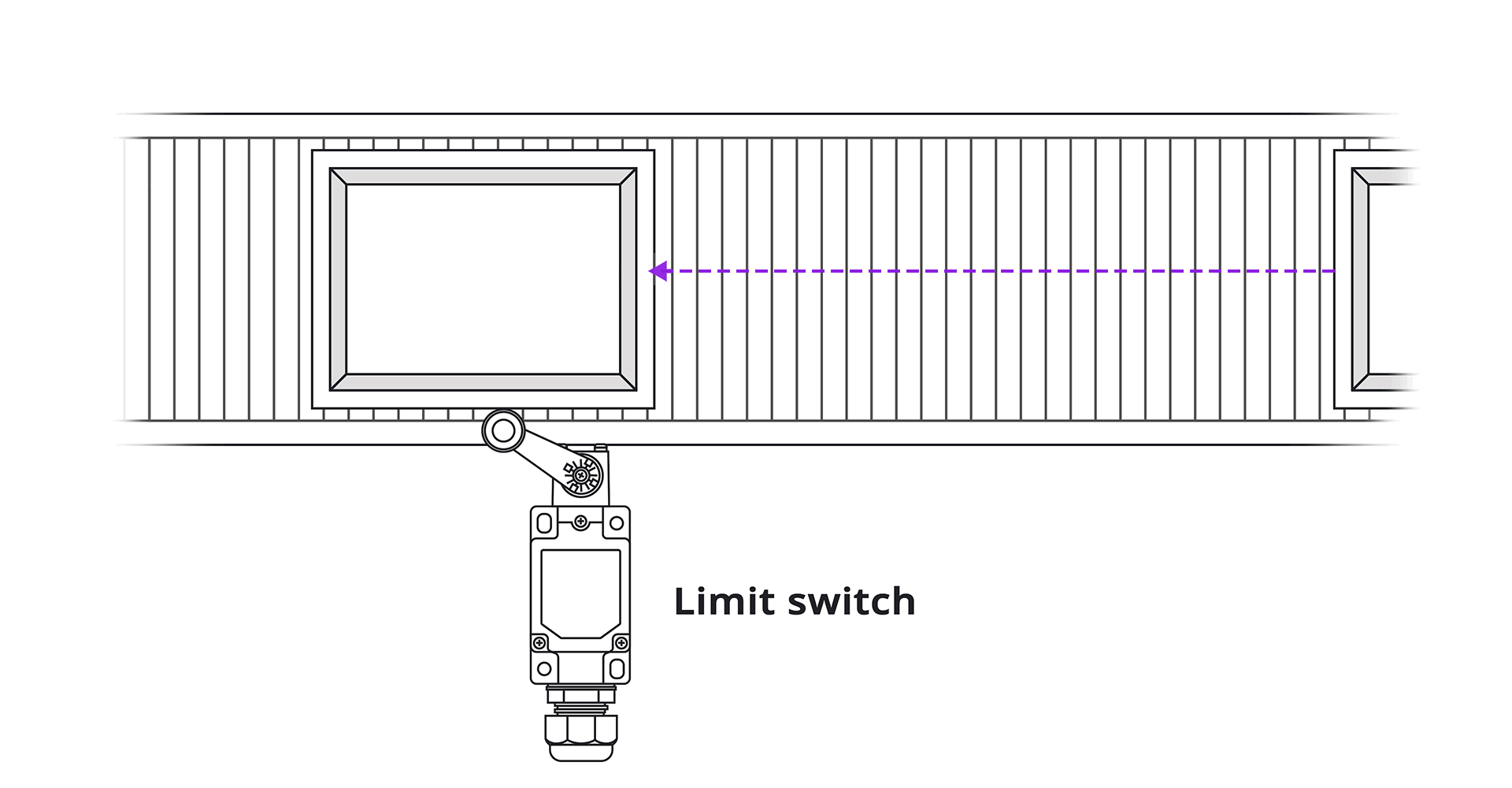A limit switch is an electromechanical device that is operated by physical force applied to it by an object. Limit switches are used to detect the presence or absence of an object. Initially, these switches were used to define the movement limit of an object, hence the name “limit switch.”
Limit switches are electromechanical devices consisting of an actuator mechanically linked to an electrical switch. When an object contacts the actuator, the switch operates, causing the electrical connection to either open or close. Limit switches are available in several configurations: Normally Open, Normally Closed, or a combination of both.
Types of Limit Switches
There are various types of limit switches, including:
- Roller Lever: Activated by the movement of an object striking the roller. The roller’s position can be adjusted.
- Adjustable Roller Lever: The position of the roller arm can be adjusted.
- Adjustable Rod Lever: Features a rod-shaped lever. This type is particularly useful for detecting uneven surfaces. It includes an OFF position, which is more sensitive than other limit switches.
- Fork Lever Lock: The lever rotates by itself when it operates at a 55-degree angle and then holds its position at 90 degrees. A single latch can operate this limit switch in piston-operated systems.
- Plunger: Operated by hydraulic pressure or air cylinder power, plunger switches must be set to align with the latch movement to avoid an improper load on the plunger.
- Rotary Plunger: The plunger operates over a wide range using a latch, cam, cylinder, or auxiliary actuator. Its accuracy in detecting position is quite high.
- Ball Plunger: The plunger’s tip is made of a steel ball that can be operated in any direction without a defined limit. This type is suitable when the latch movement does not align with the mounting side or when the limit switch is operated by two latches in the X and Y directions.
- Hinged Lever and Rotary Hinged Lever: The hinged lever is used with low-speed, low-torque cams, and can be adjusted in various ways based on the latch.
- Rotary Roller Lever: Activated by the movement of an object striking the rotating roller. The roller’s position is adjustable.
Applications of Limit Switches
Limit switches are used in many applications beyond industrial environments, including:
- PLC interface
- Elevators and escalators
- Electronic equipment assemblies
- Machine tools
- Control panels
- Plastic injection molding machines
- Woodworking machinery
- Packaging machines and textile machines
- Production of machine parts
Advantages of Limit Switches
- Low energy consumption
- Ability to control multiple loads
- Can switch high currents
- A practical and cost-effective solution
- High precision and accuracy for repetitive measurements

